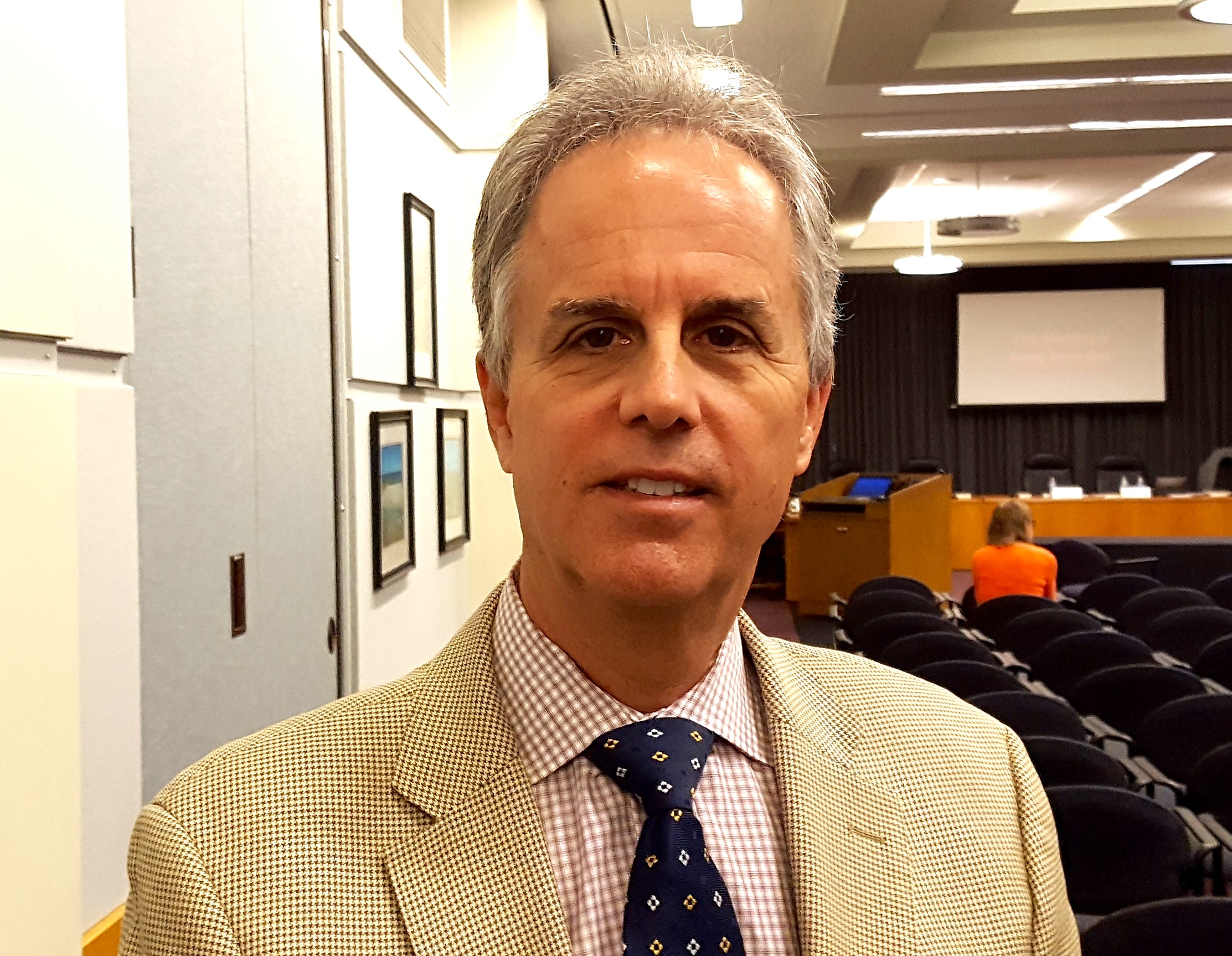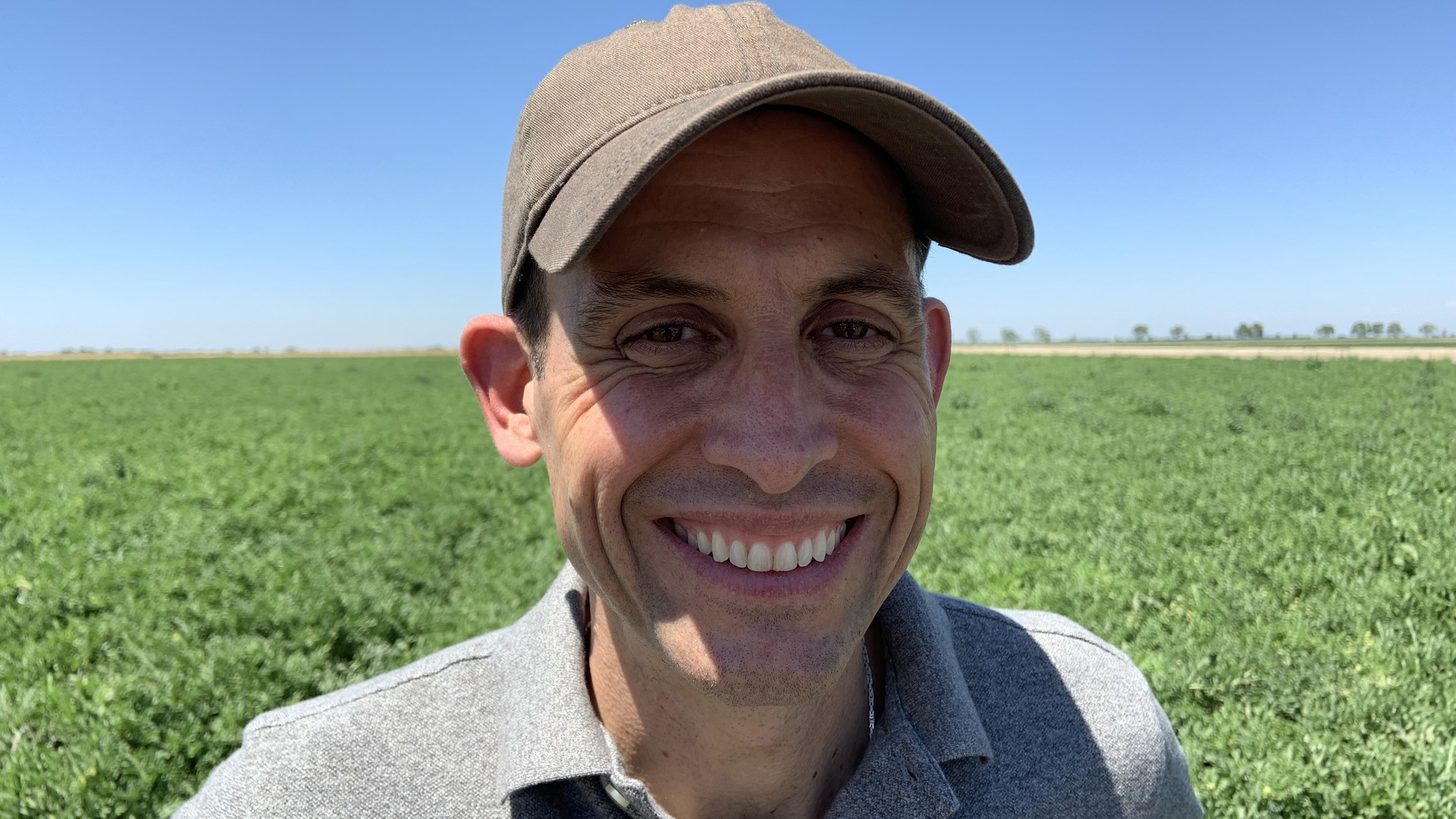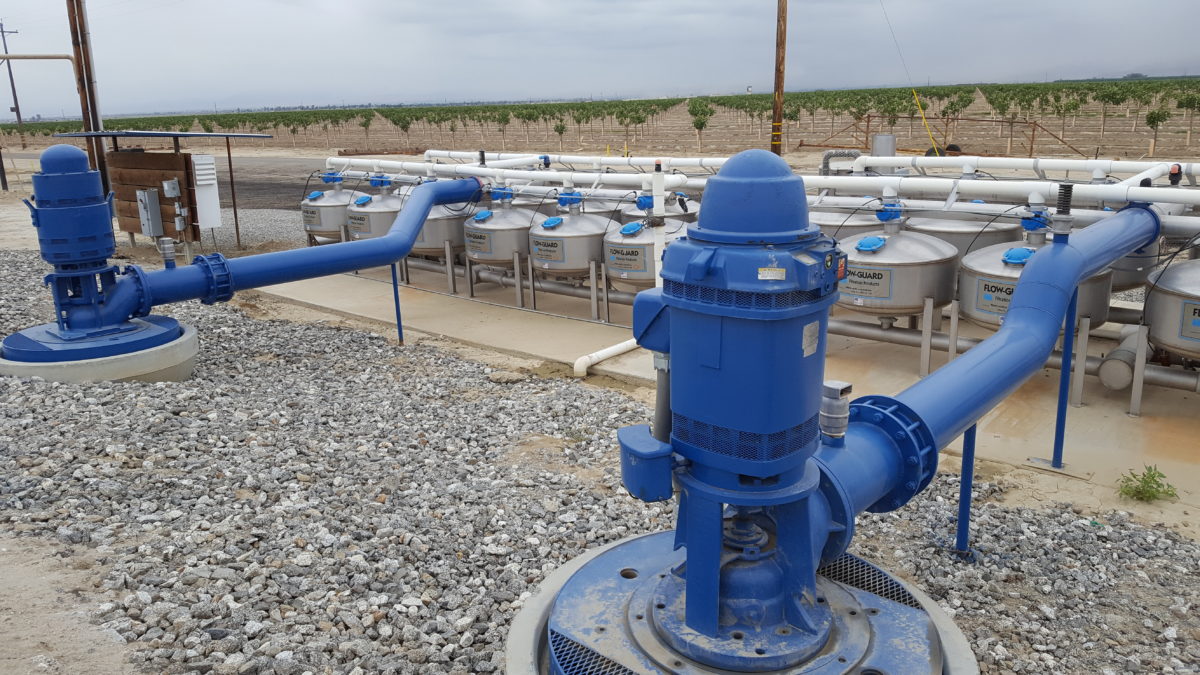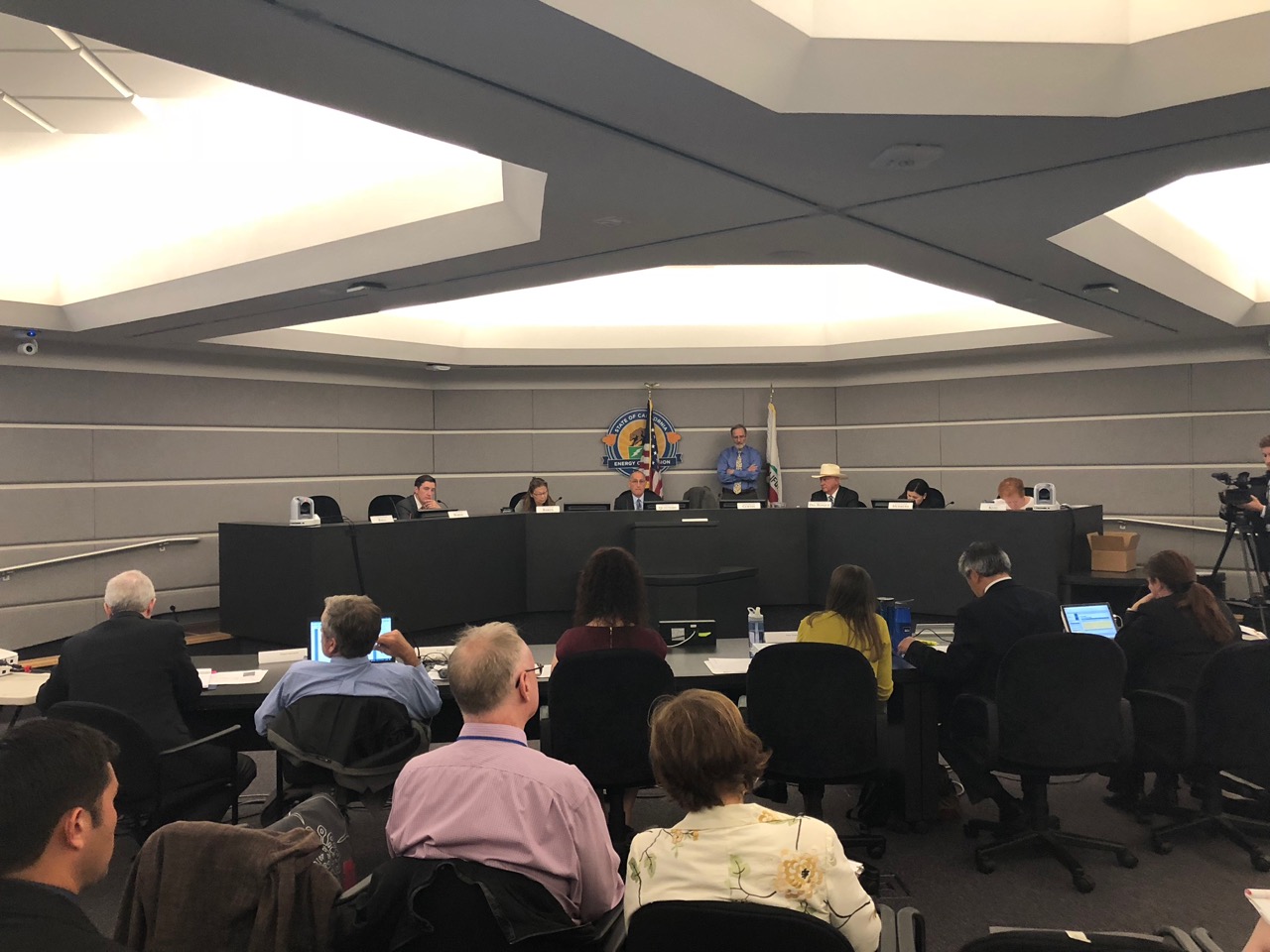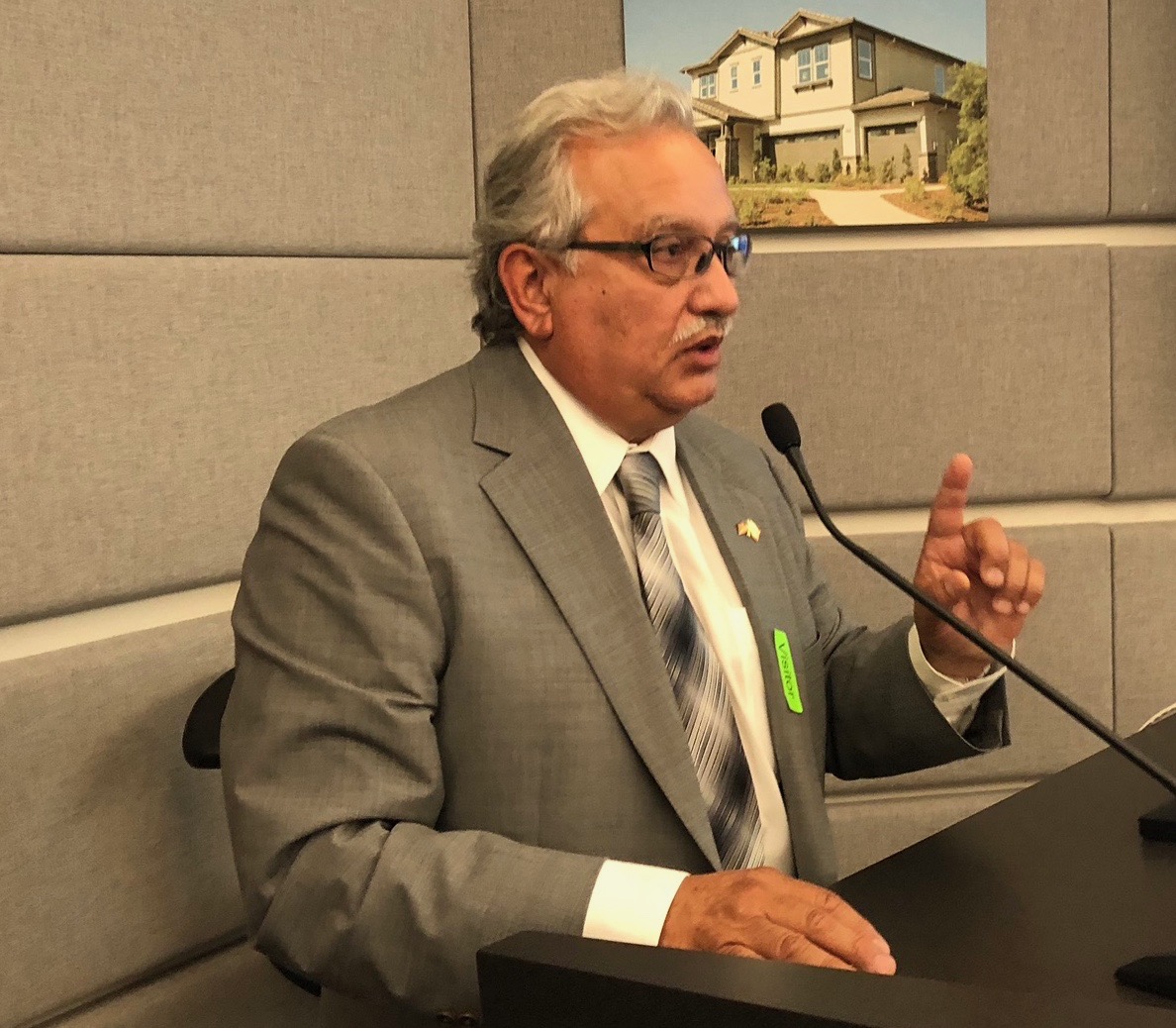This Growing Season Could Be Similar to 2015
Low Water Allocations Remind Growers of 2015
By Tim Hammerich with the Ag Information Network
The year 2015 is not a year most farmers remember fondly. The severe drought-affected California agriculture in profound ways and alarmingly 2021 is looking very similar.
Mike Wade is the executive director of the California Farm Water Coalition, which is a non-profit educational organization to help inform the public about agricultural water use.
“We’ve got quite a situation in California this year, similar to what we saw in 2015. And if we use that as kind of an example of what we might expect this year, we had over 540,000 acres of fallowed farmland back in 2015,” said Wade.
“And we’re expecting probably as much, or maybe more this year. Most of the state in agriculture has had significant water supply cuts. Probably one in four acres is facing a 5% water allocation this year. And huge other swaths have had 25% cuts – or they’re getting about 75%. But it’s affecting every corner of California agriculture and in a way that we’re starting to see impacts on our food supply this summer and into the fall through acreage reductions,” noted Wade.

